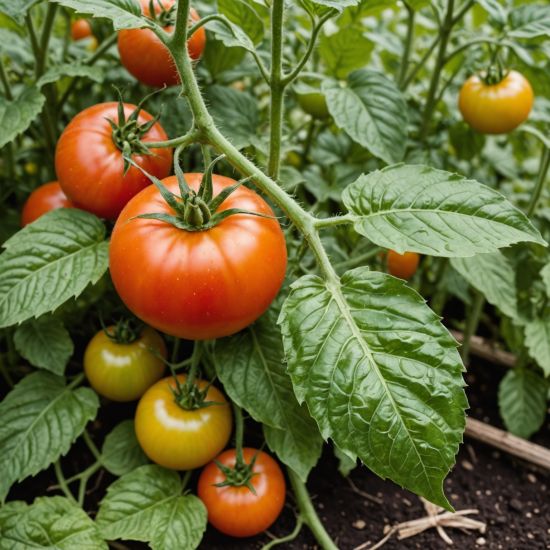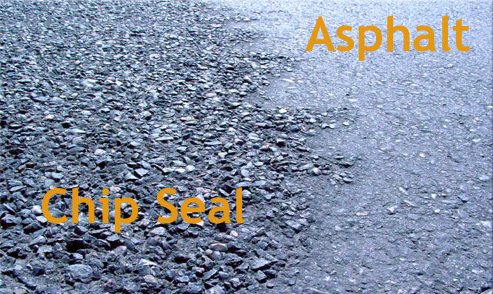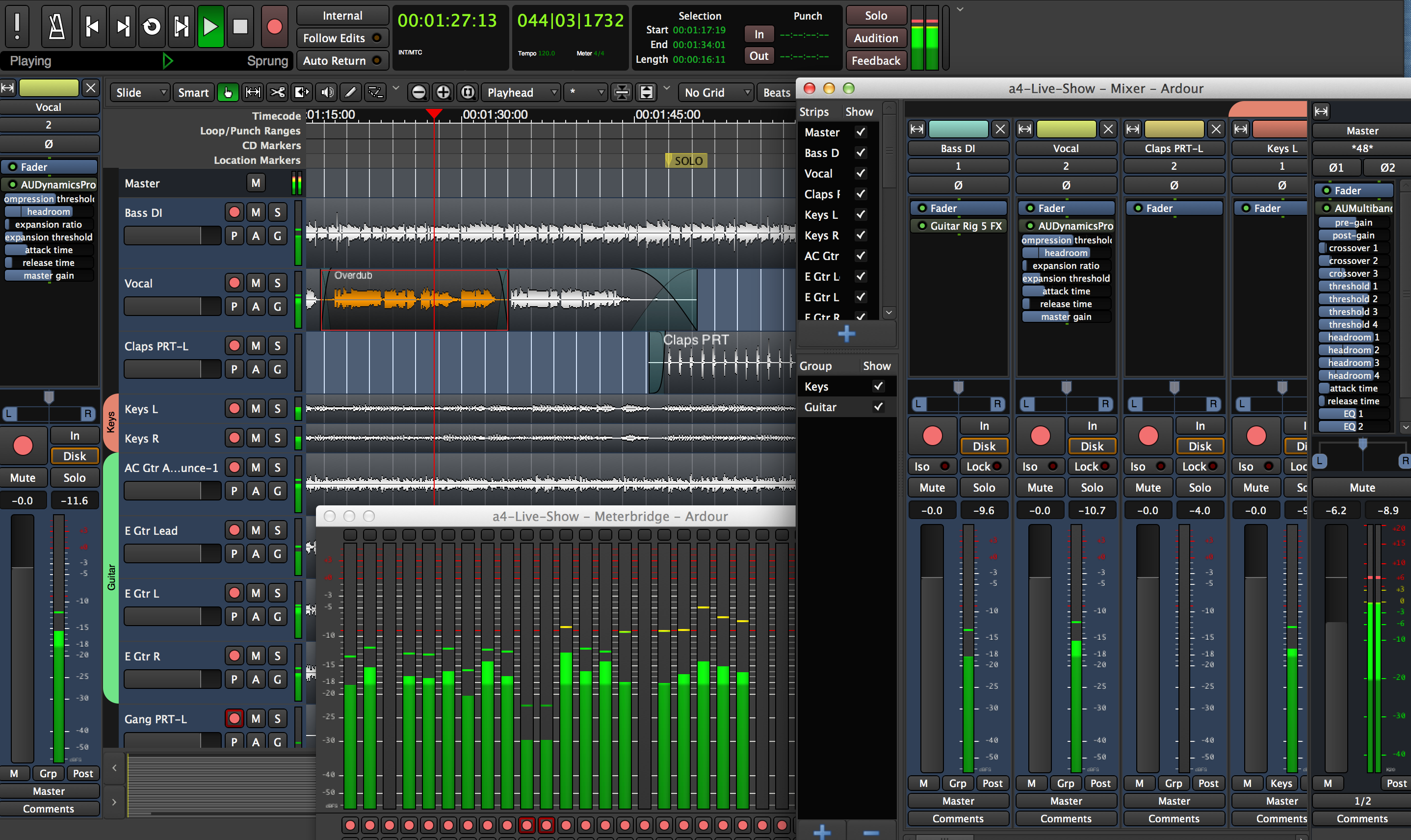Identifying Blight on Your Tomato Plants

Protecting your tomato plants from blight is crucial for a successful harvest. This guide will help you identify the common signs of blight so you can take action quickly.
Recognizing Early Signs of Early Blight
Early blight, caused by the fungus Alternaria solani, often appears first on the lower leaves of tomato plants. Look for small, brown spots with concentric rings—like targets—on the foliage. These spots may be surrounded by a yellow halo. As the disease progresses, the spots enlarge, and the leaves may turn brown and wither, eventually dropping off. Early detection is key. Regular inspection of your plants, particularly the lower leaves, is essential. For more information on the life cycle and spread of Alternaria solani, you can consult resources from agricultural extension services like the one offered by University of Minnesota Extension.
Identifying Late Blight Symptoms
Late blight, caused by the oomycete Phytophthora infestans, is a more aggressive disease. It typically begins as dark, water-soaked spots on leaves and stems. These spots rapidly expand, often causing the entire leaf to collapse and become covered in a fuzzy white mold, especially in humid conditions. Late blight can also affect the fruit, causing dark, leathery lesions. Unlike early blight's more gradual progression, late blight spreads rapidly, potentially devastating an entire crop in a short period. This disease can be particularly damaging in periods of high humidity and cool temperatures. The American Phytopathological Society provides many resources on disease management.
Differentiating Between Early and Late Blight
The key differences between early and late blight lie in their appearance and the speed of their spread.
| Feature | Early Blight | Late Blight |
|---|---|---|
| Appearance | Small, brown spots with concentric ring. | Dark, water-soaked spots, rapid expansion. |
| Spread | Gradual | Rapid, devastating |
| Fruit Infection | Less common. | Common, causing dark, leathery lesions |
| White Mold. | Absent | Present, especially in humid conditions |
Careful observation of your tomato plants is crucial for early detection. If you suspect blight, take immediate action. Remove affected leaves and dispose of them properly. Consider using a fungicide, but always follow label instructions carefully. Remember, prevention through good sanitation and proper plant spacing is also vital in minimizing the risk of blight.







